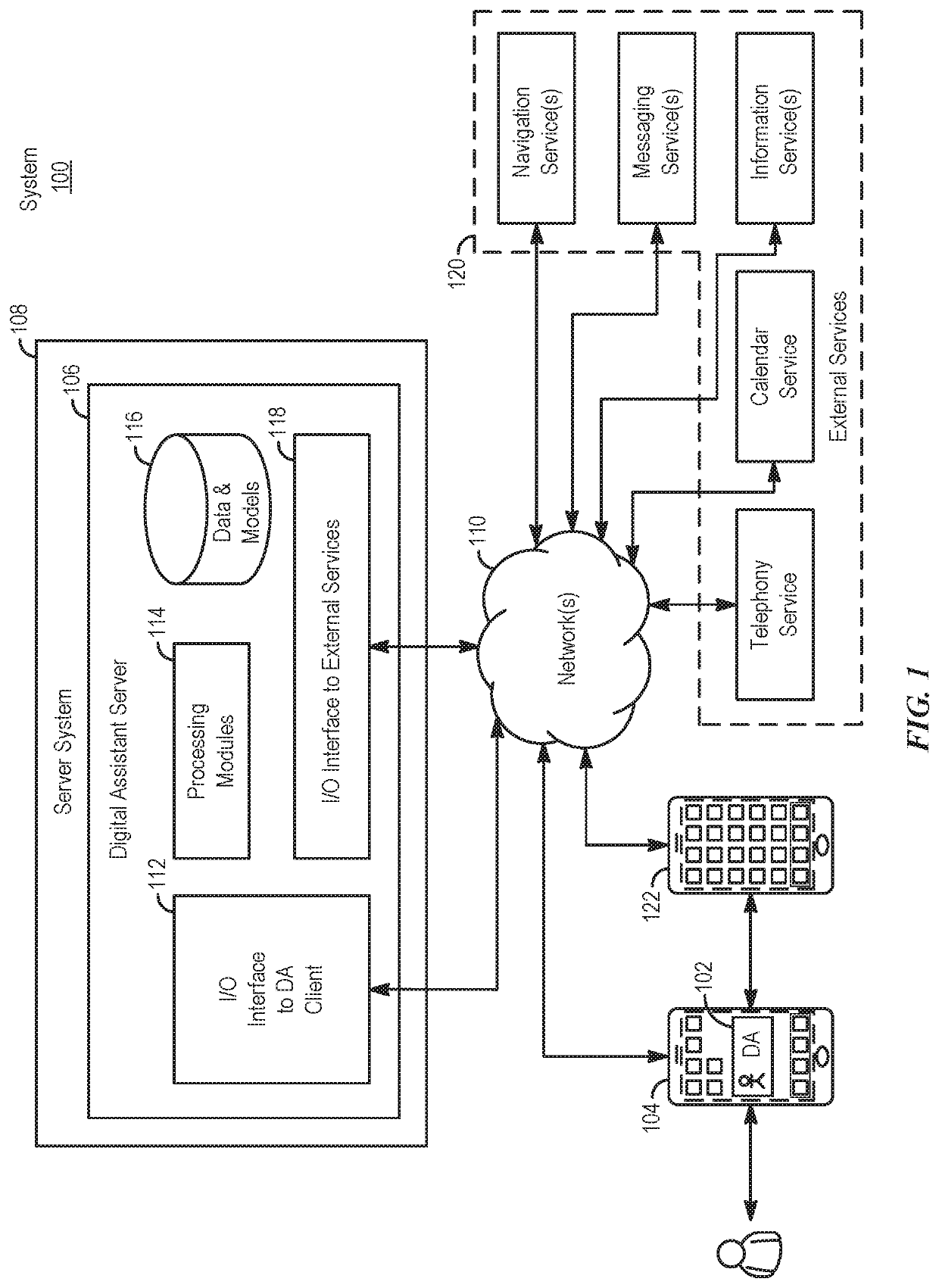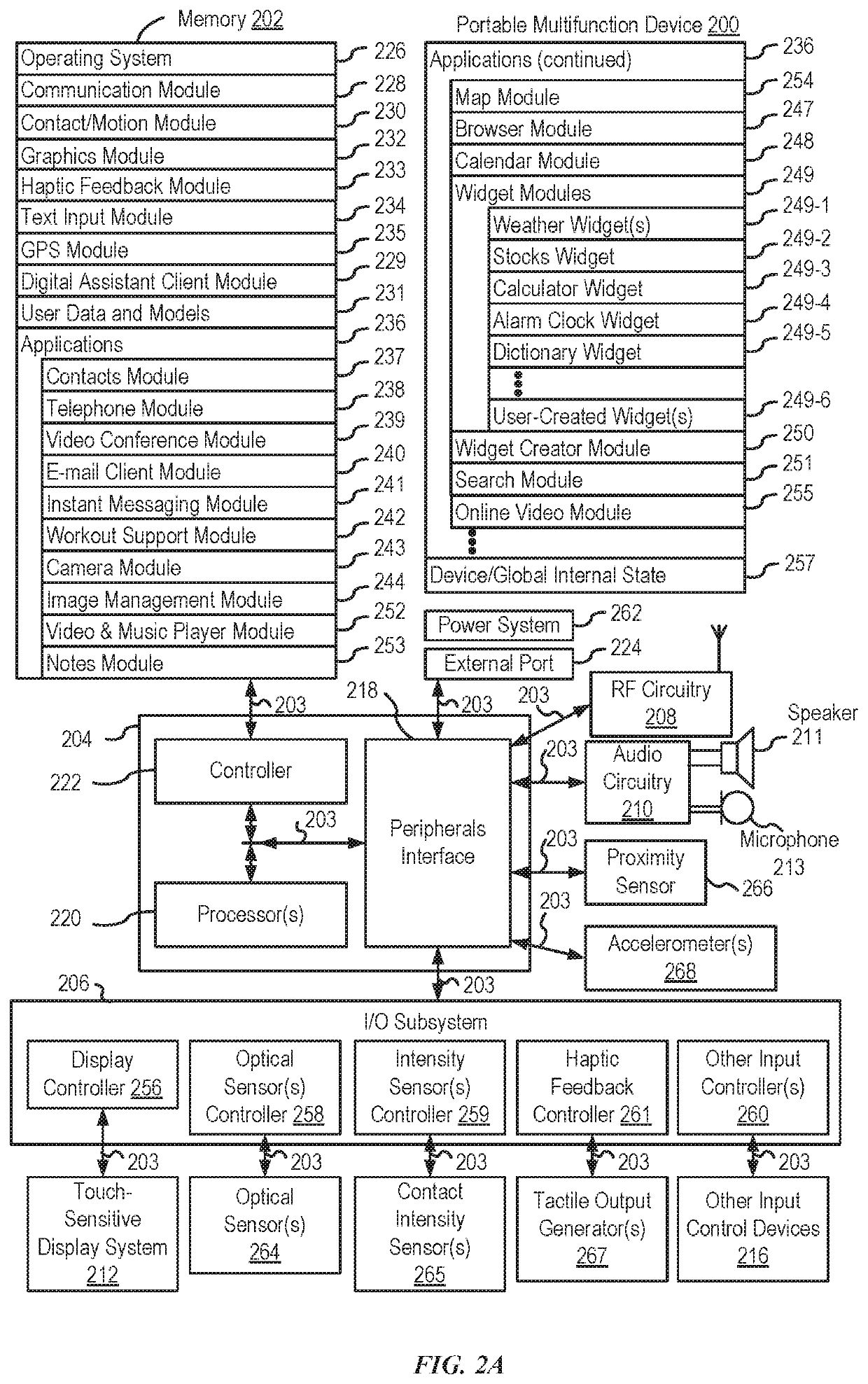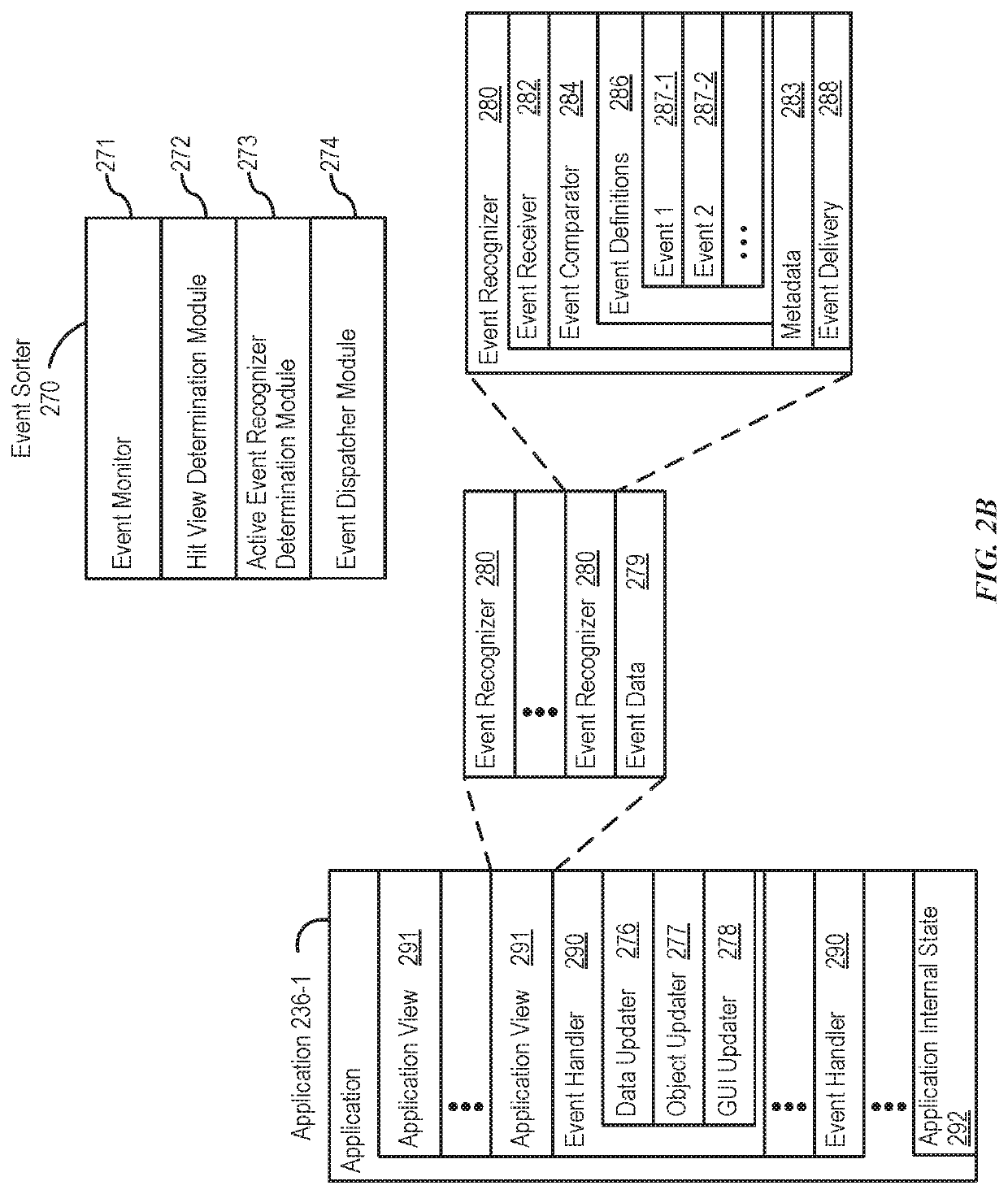Global semantic word embeddings using bi-directional recurrent neural networks
a neural network and global semantic technology, applied in the field of natural language processing, can solve the problems of largely failing to account for the global semantic context, unable to capture word analogies in a local context, so as to improve the accuracy of predictive typing, improve execution performance, and reduce training data
- Summary
- Abstract
- Description
- Claims
- Application Information
AI Technical Summary
Benefits of technology
Problems solved by technology
Method used
Image
Examples
Embodiment Construction
[0027]In the following description of the disclosure and embodiments, reference is made to the accompanying drawings, in which it is shown by way of illustration, of specific embodiments that can be practiced. It is to be understood that other embodiments and examples can be practiced, and changes can be made without departing from the scope of the disclosure.
[0028]Techniques for generating prediction-based semantic embeddings that represent global semantic context are desirable. As described herein, techniques for generating prediction-based semantic embeddings that represent global semantic context are desired for various purposes, such as improving the performance of NLP tasks and reducing the burden of adapting the semantic embeddings for different NLP tasks. Such techniques are also advantageous because they enable the data-driven learning network to be trained with less amount of training data and thus enhance the overall efficiency of device operation.
[0029]Although the follo...
PUM
 Login to View More
Login to View More Abstract
Description
Claims
Application Information
 Login to View More
Login to View More - R&D
- Intellectual Property
- Life Sciences
- Materials
- Tech Scout
- Unparalleled Data Quality
- Higher Quality Content
- 60% Fewer Hallucinations
Browse by: Latest US Patents, China's latest patents, Technical Efficacy Thesaurus, Application Domain, Technology Topic, Popular Technical Reports.
© 2025 PatSnap. All rights reserved.Legal|Privacy policy|Modern Slavery Act Transparency Statement|Sitemap|About US| Contact US: help@patsnap.com



